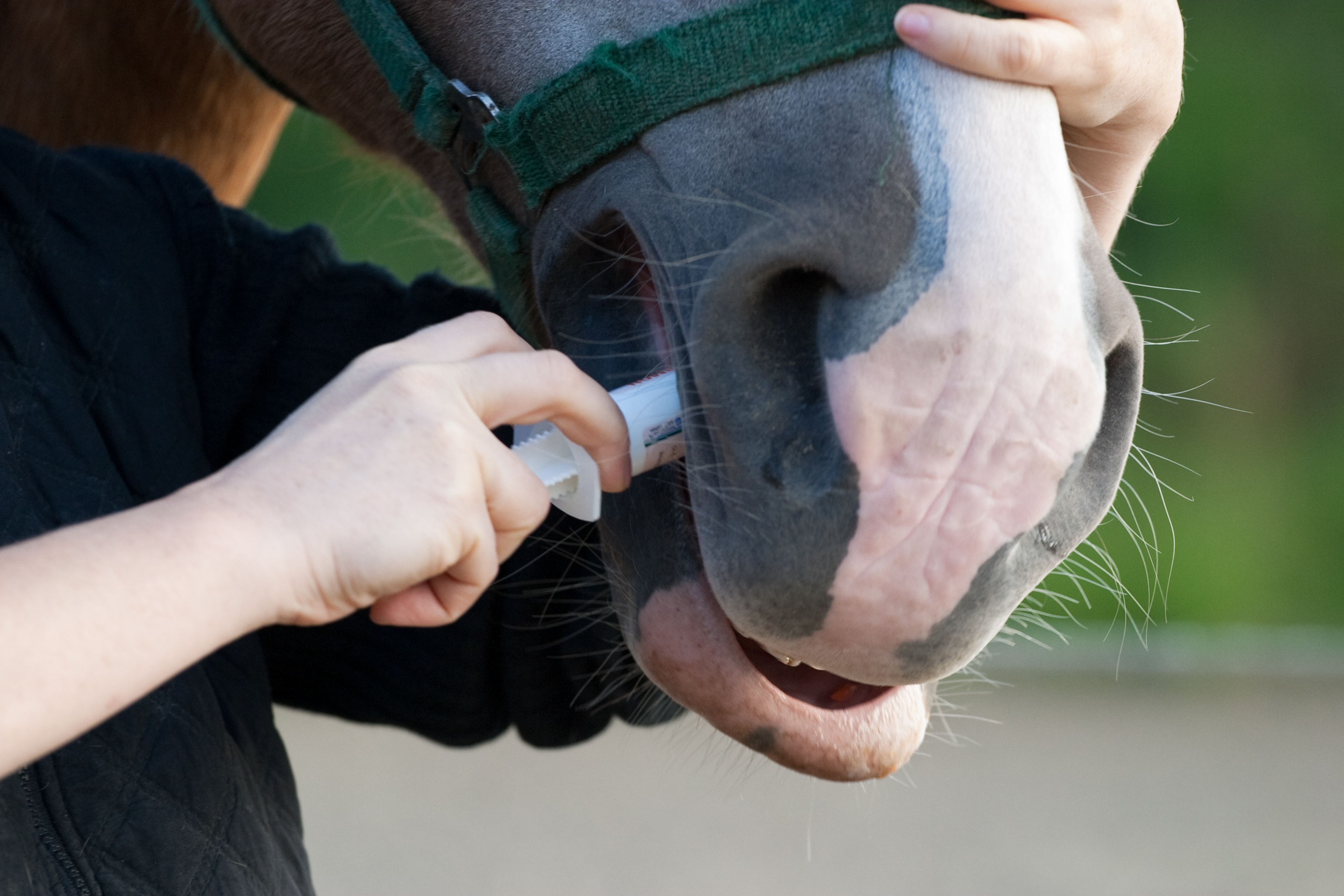Home > Horse Care > How the climate may affect how you deworm your horse
How the climate may affect how you deworm your horse
- March 3, 2025
- ⎯ Christine Barakat
From extreme weather events to increased incidence of certain diseases, climate change poses well-known threats to horse health. Now new research adds another concern to the list: accelerating drug resistance among internal parasites.
The study, a joint effort between the Grasslands Research Center in New Zealand and the University of Kentucky, was “an exercise of climate change science meets equine parasitology,” says Martin Nielsen, DVM, PhD.
Methodology
Specifically, the research teams used computer models and simulations to predict whether climate change is likely to affect the lifecycle of cyathostomins—internal parasites commonly known as small strongyles— and what that might mean for the development of resistance to anthelmintics, the chemicals used to control them.

Resistance develops among parasite populations because random genetic mutations enable individual worms to withstand the effects of particular chemical classes of dewormers. These mutations are relatively rare. But overzealous and indiscriminate use of dewormers kills off susceptible worms, leaving behind only those that are resistant. The survivors then reproduce and resistant worms become a growing segment of the population. If these practices continue, the number of invulnerable worms grows with each lifecycle. Eventually, such a large proportion of the parasite population is resistant that dewormers of that chemical class are effectively useless in that geographic location for decades.
Surveillance deworming can slow the rate at which resistance develops. This approach relies on fecal egg-count tests to identify horses in a herd that need to be treated with particular chemicals. But horse owners have been slow to leave behind the conventional “every-horse-every-eight-weeks” deworming routine.
For their study, the researchers combined two existing sets of computer models—climate change models that presented six different climate possibilities to cover a range of possible outcomes, and parasite models that presented two different treatment scenarios: Treating horses every two months and treating horses every six months.
“The climate prediction models can output temperature and precipitation data,” says Nielsen. “And the parasite simulation model is set up for importing exactly that kind of data.”
Predictions through 2100
The resulting simulations produced predications through the year 2100. They suggest that climate trends will bring about longer periods of the warmer, wetter weather that is ideal for parasite reproduction. This, in turn, will lead horses to carry larger parasite loads.
The model didn’t predict an increase in deworming frequency. But that is a worrisome possible reaction to increased worm burdens, says Nielsen. “That will just make things worse,” he says. “The best approach is selective therapy, where only some of the horses are treated (based on their fecal egg counts).”
Even if the expected warming of the climate doesn’t occur says Nielsen, it’s important for horse owners to start thinking differently about parasite control. The efficacy of available drugs depends on it, he says. “Accept that your horses have worms and that is ok. Keep pastures healthy and avoid overgrazing; [Utilize mixed or alternate grazing with ruminants.”
Reference: “Climate change is likely to increase the development rate of anthelmintic resistance in equine cyathostomins in New Zealand,” International Journal for Parasitology: Drugs and Drug Resistance, December 2020
Don’t miss out! The free weekly EQUUS newsletter delivers horse health information right to your in basket! If you’re not already receiving the EQUUS newsletter, click here to sign up. It’s *free*!





